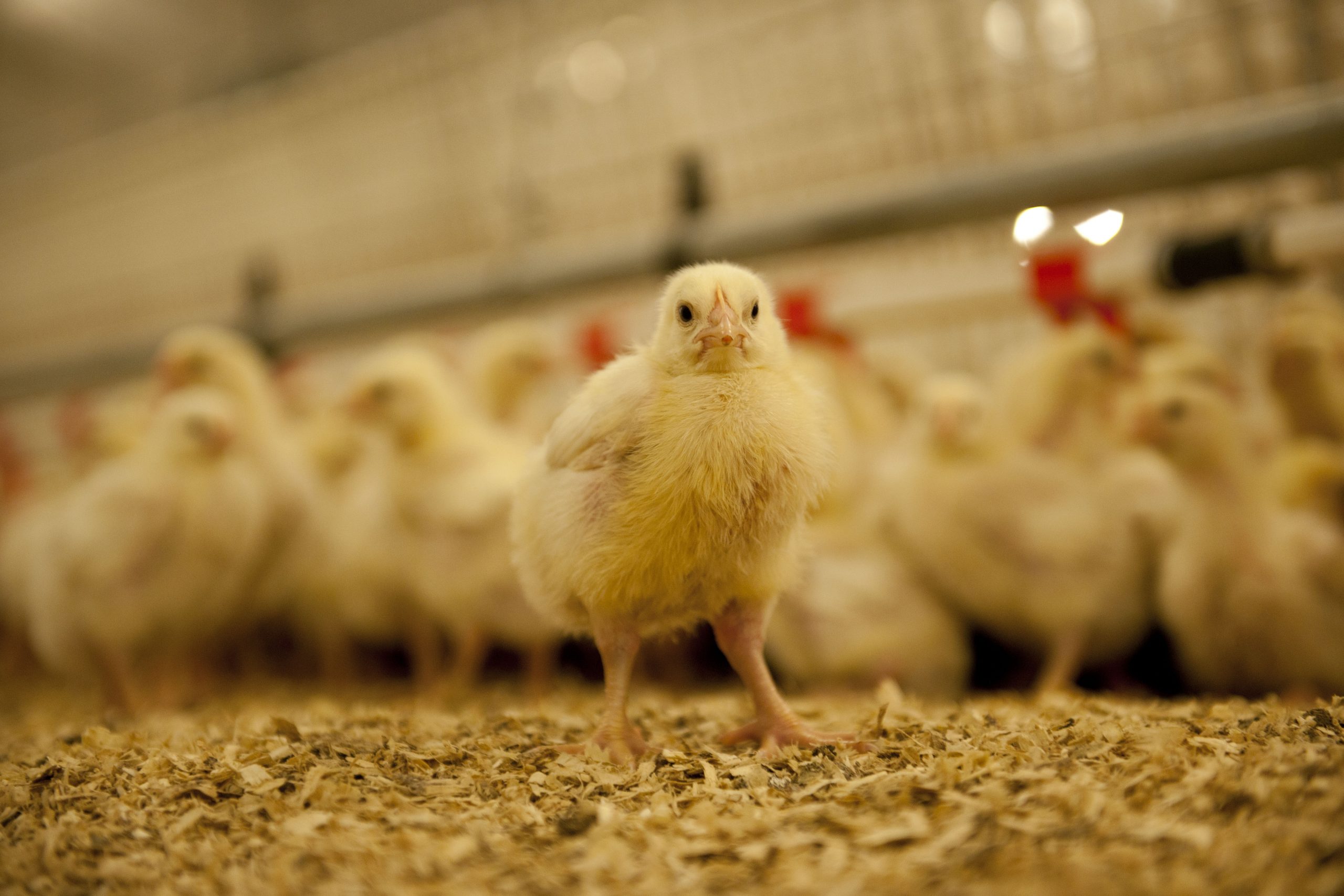Feed enzymes to grow fastest in poultry

The feed enzyme market is projected to grow at a CAGR of 9.3% from 2017, to reach 1,428.6 Million by 2022. This is according to a research report from MarketsandMarkets.
The market for protease in feed enzymes is projected to be the fastest-growing during the forecast period. Protease help farmers save on feed costs, owing to which the use of protease can contribute significantly to the current efforts focused on reducing nitrogen emissions during livestock production. Hence, protease is an emerging type of feed enzymes, which has been gaining popularity in the recent years.
Poultry sector dominates
In 2016, the poultry segment accounted for the largest share in global feed enzymes market. It provides poultry birds with proteins, thereby increasing their growth rate; they also strengthen their immune system. The demand for poultry meat is higher than the demand for other meat products. This drives the poultry segment in the feed enzymes market.
Microorganism segment
Enzymes extracted from microorganisms are of great importance in the manufacturing of animal feed. Currently, the latest molecular techniques are used to discover microbial enzymes, which are used in the feed industry to improve feed quality. These reasons drive the microorganism segment in the feed enzymes market.
Asia-Pacific is fastest growing
The fastest-growing market for feed enzymes between 2017 and 2022 is projected to be Asia-Pacific. The largest producer in the region, China, continues to contribute to the region’s leading position, with substantial growth witnessed in India and Japan. Pork and poultry are widely consumed in the Asia-Pacific region. The demand for poultry is estimated to increase in India and China, due to the rise in the population, increase in purchasing power, and changes in consumer food preferences. This increase in demand for meat protein has triggered meat production in the region, where uptake of feed enzymes has increased and is expected to show a healthy growth.
[Source: MarketsandMarkets]











